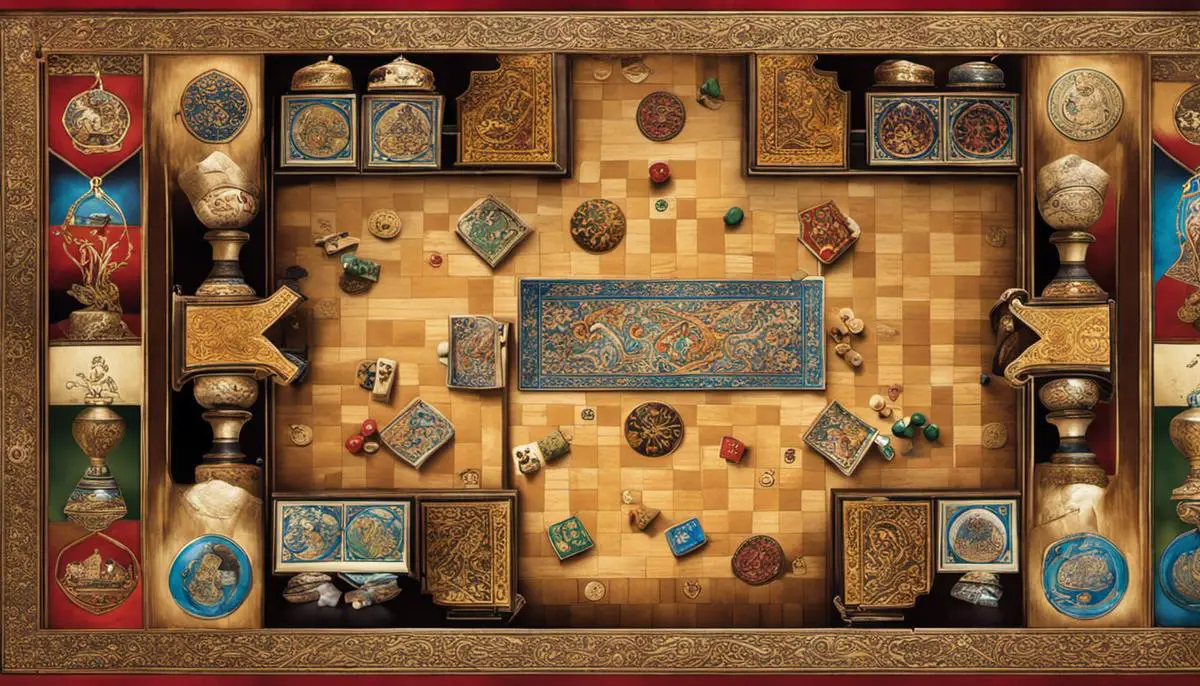Captivating tales of strategy, conquest and abstract thinking come to life through the historic and culturally significant realm of Persian board games. These ancient games, steeped in deep tradition and vibrant symbolism, go beyond merely providing entertainment. They unravel fascinating stories of Persian heritage and intricate cultural beliefs, painted vividly through symbolic animal representations. Games such as Shatranj, a precursor to modern-day chess, and Backgammon, reveal a universe of wisdom and societal values, as ingrained in Persian civilization. This exploration will delve into the compelling symbolism of animals in these historic games, providing a deeper understanding of their context and implication within the game dynamics.
Historical and Cultural Significance of Persian Board Games
Historical Significance of Persian Board Games
Persian board games hold a long-standing place in the cultural tapestry of Iran, with records of their existence dating back to the time of the Achaemenid Empire (550-330 BC). The highly esteemed game of Backgammon, known as Nard in Iran, is believed to have originated here. Similarly, Chess, also understood to have Persian roots, demonstrates rich symbolisms. These board games were not simply a pastime. They depicted social, political, and spiritual themes of the period and were used to teach strategy, diplomacy, and even math.
Symbolic Meanings of Animals in Persian Board Games
Animal symbolism in Persian board games provides a deeper understanding of the cultural nuances and belief systems of the time. In the game of Chess, horses represent knights, conveying valor, agility, and strategic superiority. The symbolism can be traced back to early Persian history when horses were integral to warfare and nobility. The rook, originally represented by a chariot in early Persian Chess, holds strong symbolism in Iran – reflecting power, fortitude, and mobility.
Stylized animals, including lions, snakes, and eagles, are seen in the game of Shatranj, an ancient Persian board game similar to Chess. These animals were considered divine or possessing supernatural qualities in ancient Persian folklore. For instance, the lion, a recurring figure in Persian art and literature, symbolizes courage and monarchy. Snakes, often perceived negatively in many cultures, are symbolized in these games as custodians of wisdom and healing.
Exploring Persian Society through Board Games
The symbolism of animals in Persian board games also painted a vivid picture of the Persian social hierarchy and the values they held. The choice of animals mirrored the strong influence of Zoroastrian teachings – a faith that placed great importance on the natural world.
Board games also served as an interactive medium to navigate social order. For example, in backgammon, each color represents a different social class – the darker colors for the nobility and the lighter ones for the common people. This could symbolize the ever-present interplay and interactions between different social classes in real life.
Understanding Animal Symbolism in Persian Board Games
Persian board games, despite their modern twists and changes in rules, have managed to keep the sacredness of their animal symbols alive. Today’s iterations of these traditional games still utilize animals as symbolic representations that denote different elements.
This enduring use of animal symbology goes to show the profound reverence Persian culture has for nature and the animal kingdom. Board games, in this context, play a monumental role in preserving and passing on this heritage. Today, the animal motifs used in these games serve a dual role- they are elements of the game and a potent link that bridges modern Iranians with their rich ancient history.

Breakdown of Iconic Persian Board Games
Shatranj: The Progenitor of Modern Chess
Shatranj, an ancient Persian board game, is renowned as the precursor of modern chess. It made its way to the Islamic realm from India before finding its path to Europe. The game pieces in Shatranj might not have been predominantly of animal design, however, the symbolism embedded in them cannot be overlooked.
The pawn, known as ‘piyade,’ is viewed as an infantry symbol, denoting the foot soldiers in an army as an embodiment of courage and bravery. Meanwhile, the knight, or ‘asp,’ was represented by a horse. A symbol of loyalty, dutifulness, and leadership in Persian culture, the knight’s portrayal as a horse encapsulates the quintessential warrior charging fearlessly into battle, aptly mirroring the game’s militaristic origins.
Backgammon: Ancient Game of Chance
Backgammon is considered one of the oldest known board games, dating back possibly 5,000 years to Mesopotamian times. In Persian culture, it’s known as Nard, a game of skill and strategy mixed with the element of chance.
In original depictions of Backgammon, two lions are often present at each corner of the board. The lion, in Persian culture, symbolizes power, courage, and bravery. These lions at the corners of the game might capture the dynamic of two adversaries – fierce, courageous, and powerful – symbolizing the competitive spirit inherent in the game.
As-Nas: Intriguing Fusion of Persian and European Concepts
As-Nas is another Persian card game with a rich history and multi-cultural influences, partly attributing its features to Persian and partly to European concepts. The game uses a deck of twenty-five cards with five suits, including Lions and Gazelles.
The Lion, representative of courage and bravery, is considered the highest-rated card, edging out other animals. Gazelle, on the other hand, represents grace, beauty, and swiftness, symbolizing a keen strategic mind maneuvering swiftly amidst evolving game dynamics.
Chatrang: Precursor to Shatranj and Chess
Chatrang is another ancient Persian game which is a forerunner to Shatranj and modern chess. The game pieces used in Chatrang were similar to Shatranj, including the use of elephants, horses, and foot soldiers.
Elephants represented in the game may symbolize might, wisdom, and solitude in Persian culture, capturing the spirit of strategy-tinged power needed in the game. Horse pieces symbolizing loyalty and leadership in the game are indicative of the skills necessary in a successful leader on a battlefield.
Delving into the rich symbolism of animals in iconic Persian board games reveals an intriguing immersion into Persian socio-cultural ethos. The interplay of these animal symbols not only manifests a profound historical context but also adds a strategic and psychological depth that can add to our understanding of the games’ cultural nuances.
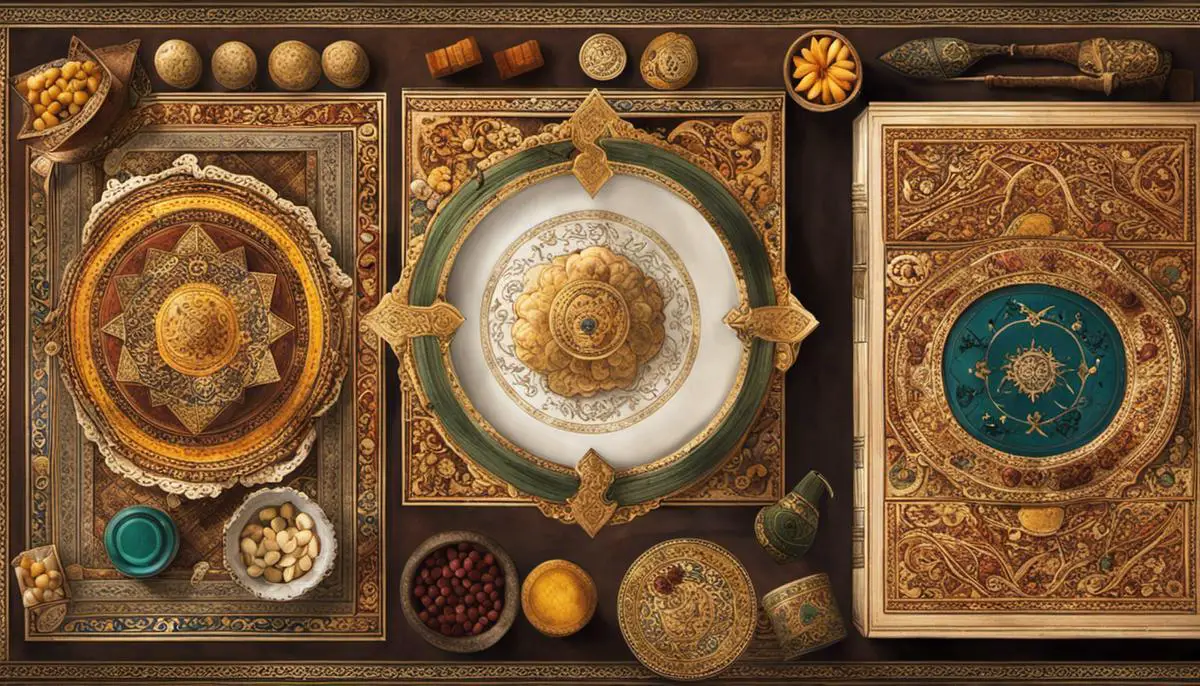
Symbolism of Animals in Persian Art and Culture
Decoding Animal Symbolism in Persian Aesthetics and Cultural Representations
A discernible pattern in Persian aesthetics and cultural milieu is the nuanced and often esoteric representation of animals to depict complex human traits or motifs. Take for instance, the lion, a ubiquitous symbol exuding an aura of power, bravery and ruling authority. Tracing its roots to the pre-Islamic epoch of Iran, where it was emblematic of kings or monarchs, the lion symbol has been distinctly entrenched into the ethos of Persian board games; often used to represent a formidable piece or a pivotal strategy.
Conversely, the peacock, a symbol for beauty encapsulated within its intricate feather patterns and its mythological affiliation with paradise, signifies divine wisdom within the Persian cultural landscape. In the realm of Persian board games, the peacock is frequently found, either embellishing the game board with its charm or emblematic of a key strategic insight or high-ranking game piece.
Birds in Persian Art and Board Games
Bird motifs are particularly popular in Persian culture, often symbolizing freedom, nobility, spirituality, or transcendence. The Simurgh, a mythical bird in Persian literature and art, symbolizes benevolence, knowledge, and wisdom. The symbol’s inclusion in various board games can indicate a piece or a strategy that requires cunning or advanced knowledge. It may also symbolize an idyllic end goal, as the Simurgh is often associated with the attainment of enlightenment or paradise.
Representation of Other Animals in Persian Board Games
Other animals like horses, elephants, and camels also take on significant meanings within Persian game design. Horses, for example, symbolize nobility, intelligence, and companionship and might be used to represent a knight or fast-moving pieces within a game. Elephants, with their association with wisdom, memory, and longevity, might symbolize pieces with potent abilities or represent solid and unbreakable strategies.
Camels, celebrated for their endurance, stamina, and ability to survive harsh conditions, might symbolize the capacity to endure challenges within the game or represent formidable obstacles that players must overcome.
Unveiling Animal Symbolism in Persian Board Games
A notable facet of Persian board games is their remarkable incorporation of animal symbolism, evident in the design elements such as game board layouts and pieces. It common to find various animals depicted either as game pieces, engraved symbols onto the board, or as crucial aspects of the games’ narrative and theme.
It’s essential to highlight that these symbolisms are not static but dynamic, varying according to each game’s unique context. These nuances add an extra layer of complexity, challenging players not only on a strategic front but also prompting them to immerse themselves in the rich symbolic undercurrents and socio-cultural connotations embedded within the game.
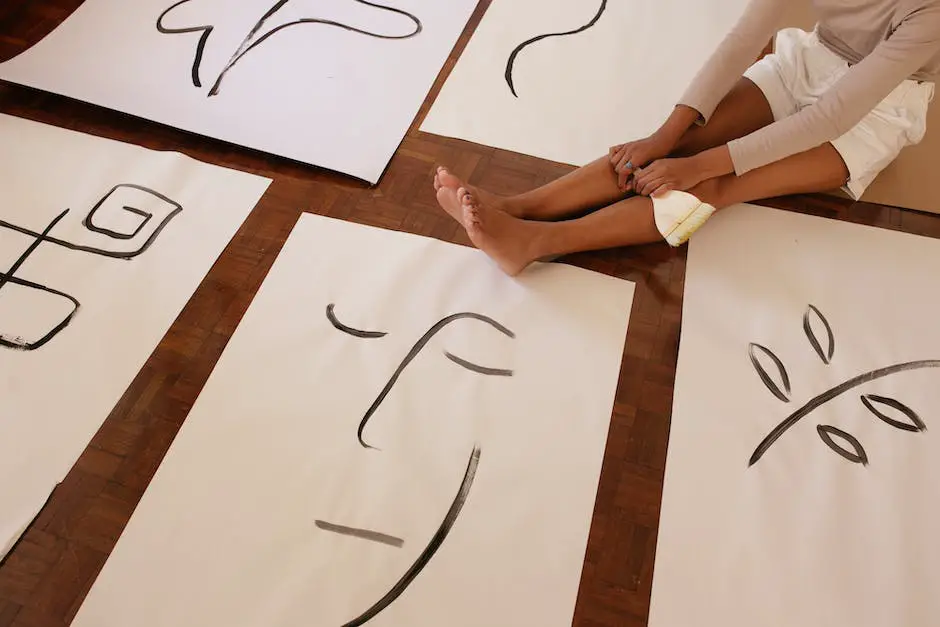
Interpretation of Animal Symbols in Persian Board Games
Animal Symbolism: Painting the Persian Poetry through Board Games
Popular Persian board games like chess, backgammon, and the poker-like As-Nas, are visual and thematic treasure troves, replete with intricate animal depictions. Each animal carries a unique symbolic significance, deeply entrenched in historical and cultural beliefs. Far from being mere ornamental inclusions, these animal symbolisms play an essential role in portraying the collective realities, ideologies, and inspirations deeply ingrained in the Persian societal fabric.
Mystical and Religious Symbolism in Game Imagery
Serpents or snakes are commonly present in Persian board games as well. However, unlike Western depictions where snakes often symbolize evil or deception, in Persian culture, they represent wisdom, eternity, and rebirth. The snake’s ability to shed its skin and seemingly rejuvenate itself is a powerful symbol of transformation and renewal, an aspect players might keep in mind when navigating through the complexities and changing tides of the game.
The peacock, another recurrent figure in Persian board games, is a symbol of immortality and spiritual rebirth, tied closely to Persian mythology and Zoroastrian beliefs. In the gameplay context, it could be seen as a reminder of the opportunities for strategic rebirth or transformation present throughout the game.
Animal Symbolism and Strategic Gameplay
The relationship between the symbolic representation of these animals and the strategic elements of Persian board games is worth noting. For instance, an alabaster chess set, another classic Persian game, often uses animal icons like the horse to represent the knight. In Persian culture, the horse signifies loyalty, devotion, and indefatigable spirit—all characteristics desirable in a ‘knight’ on the chess battlefield.
Similarly, in Backgammon—one of Iran’s (previously Persia) oldest known board games—the dices are thought to symbolize fate, resembling the ancient belief in animals representing luck or destiny. The combination of strategic gameplay with elements of chance perhaps mirrors life’s unpredictable nature, despite well-crafted plans.
Conclusion
In diving into the rich world of Persian board games, acknowledging the symbolic meaning of animals significantly elevates the depth and enjoyment of the gameplay experience. These symbols provide an insight into the cultural principles, philosophical concepts, and historical evolutions that have deeply influenced the development of these games over many centuries. As a result, each move in the game transcends beyond a simple tactic, acting as a brushstroke in a historical and cultural narrative. This understanding can endow players with improved strategic anticipation, calculated decision-making, and mindful gameplay, thereby enhancing their interaction with these timeless board games.
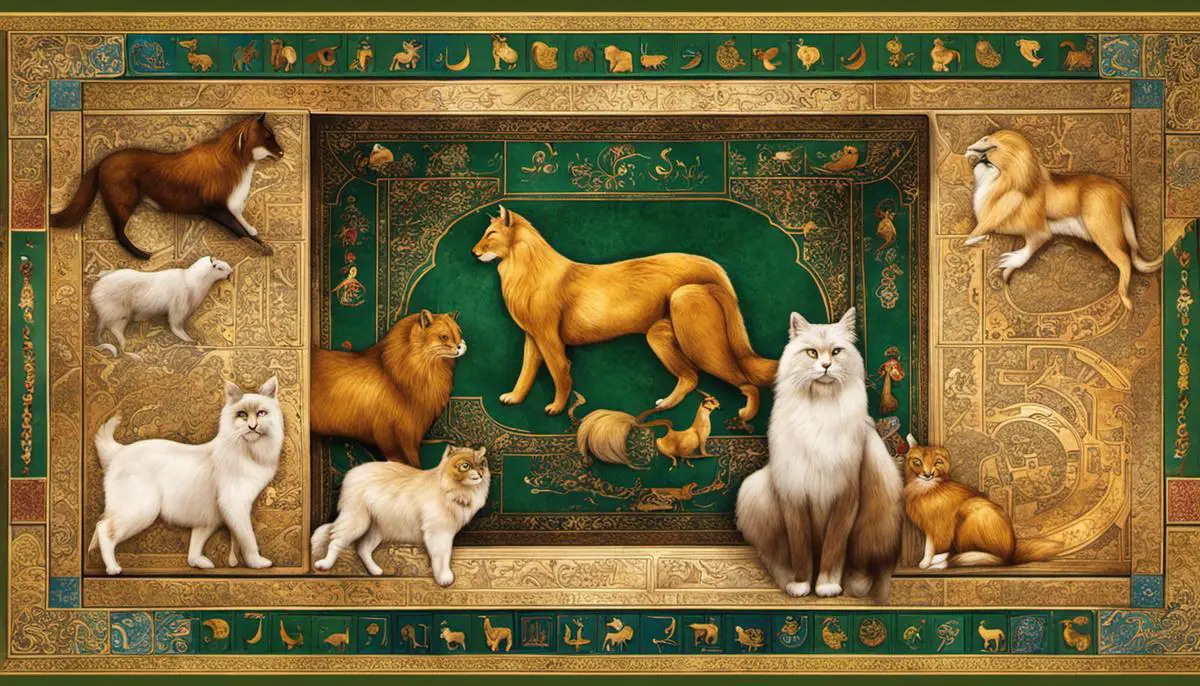
Implication of Animal Symbolism on Game Mechanics
The Significance of Animal Symbolism in Shatranj
Within Persian games, particularly in Shatranj – a precursor to modern Chess, the use of animal symbolism opens up a brand new layer of complexity and significance. Certain chess pieces assume symbolic representations of animals, which directly influence the dynamics and strategies within the game. An example of this would be the Shatranj Rook, parallel to the elephant in some versions of ancient Chess. It personifies power and intelligence, reflecting the piece’s unrestricted movements vertically or horizontally on the board, symbolizing both strategic dominance and intellectual prowess.
Asb o Pol
In a traditional Persian game named Asb o Pol (Horse and Foal), the horse, an animal symbolizing strength, agility and speed, is used. This symbolism directly impacts the game mechanics since a player has to calculate their moves rapidly and strategically with their available ‘horses’. Their abilities to rapidly change direction, attack, and defend align with the inherent qualities of a horse.
Impact of Symbolism on Game Strategies
The use of animal symbolism not only influences the game mechanics but also the strategies of the players. For instance, knowing that the elephant (rook) in Shatranj has the ability to strike from afar, this could prompt players to utilize this piece in a more aggressive manner. Conversely, understanding that the horse in Asb o Pol represents agility might encourage players to use this piece for quick, unexpected attacks and maneuvers.
Naval Kish
An ancient Persian board game, Naval Kish, employs animal symbols as game pieces. Animals such as lions, camels, and eagles represent different roles and power values in the game. Players must invoke different strategies to effectively use each animal symbol on the game board. For example, the lion, symbolic of courage, leadership, and power, may be used aggressively to control key areas of the board, while the eagle, representing vision and swift action, might be employed for rapid, strategic strikes.
Cultural Relevance of Animal Symbolism in Persian Board Games
The utilization of animal symbolism in these Persian board games is deeply rooted in Iranian culture, where each animal narrates a particular story or virtue. For instance, the lion which is a recurring symbol in Persian literature and art, is a popular emblem of courage, power, and rule. Therefore its usage in games also carries these attributes, influencing the ways in which players strategize and make decisions.
Contemporary Impact
Animal symbolism in Persian board games does not only impact traditional games but has also been influential in modern game mechanics. The principles of strategic thinking, adaptability, and anticipation that the animal symbols promote are seen in contemporary gaming, from video games to virtual reality platforms. Animal symbols continue to inspire game developers to communicate particular narratives and strategies as they develop new, engaging gameplay.
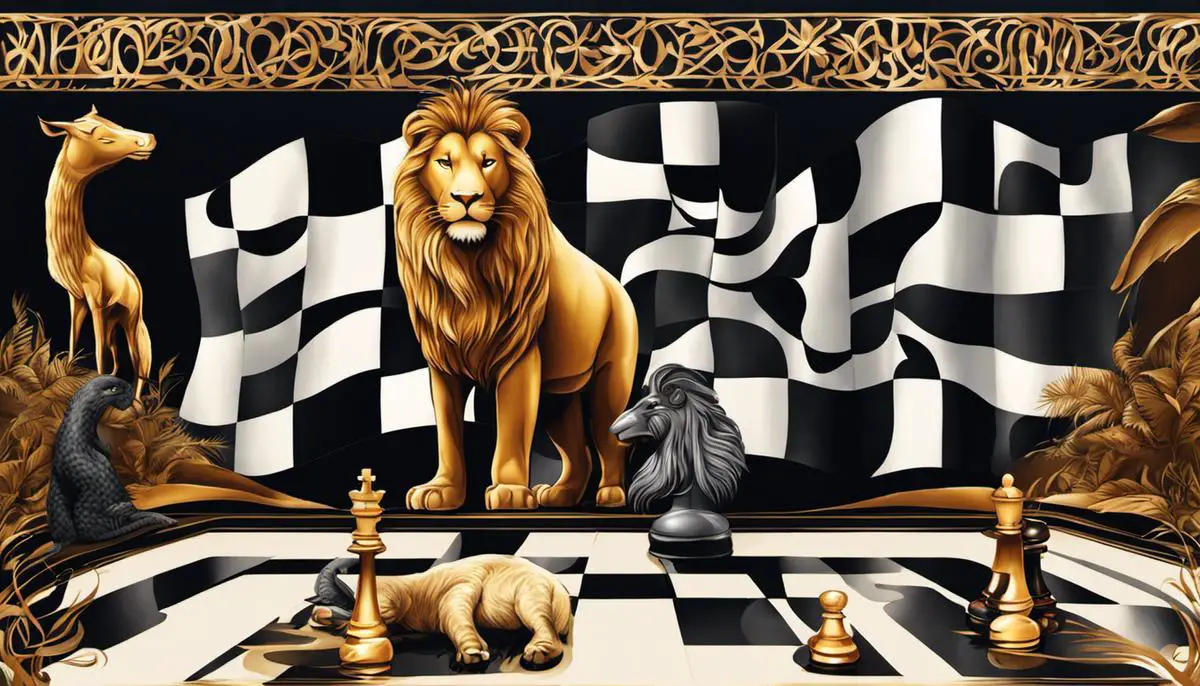
The significance of animal symbolism in Persian board games transcends mere aesthetics, influencing the strategic landscape and game mechanics in compelling ways. The traits attributed to each animal – whether it be the kingliness of the lion or the cunning of the fox – further enrich the games’ narratives and strategies, forging an unspoken emotional connection between the players and the game fragments. As such, these symbols provide not just a glimpse into the rich tapestry of Persian art and culture, but also breathe life into abstract concepts and tactical considerations encountered within the game. By fostering a deeper appreciation and understanding for these games, we continue to pay homage to the historical and cultural significance they embody and ensure their preservation for future generations to marvel at and enjoy.
